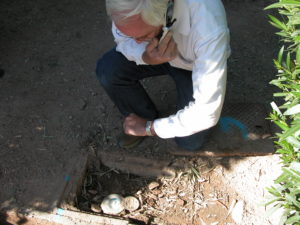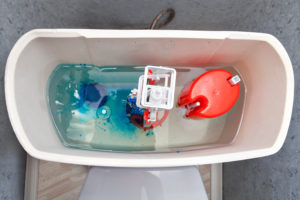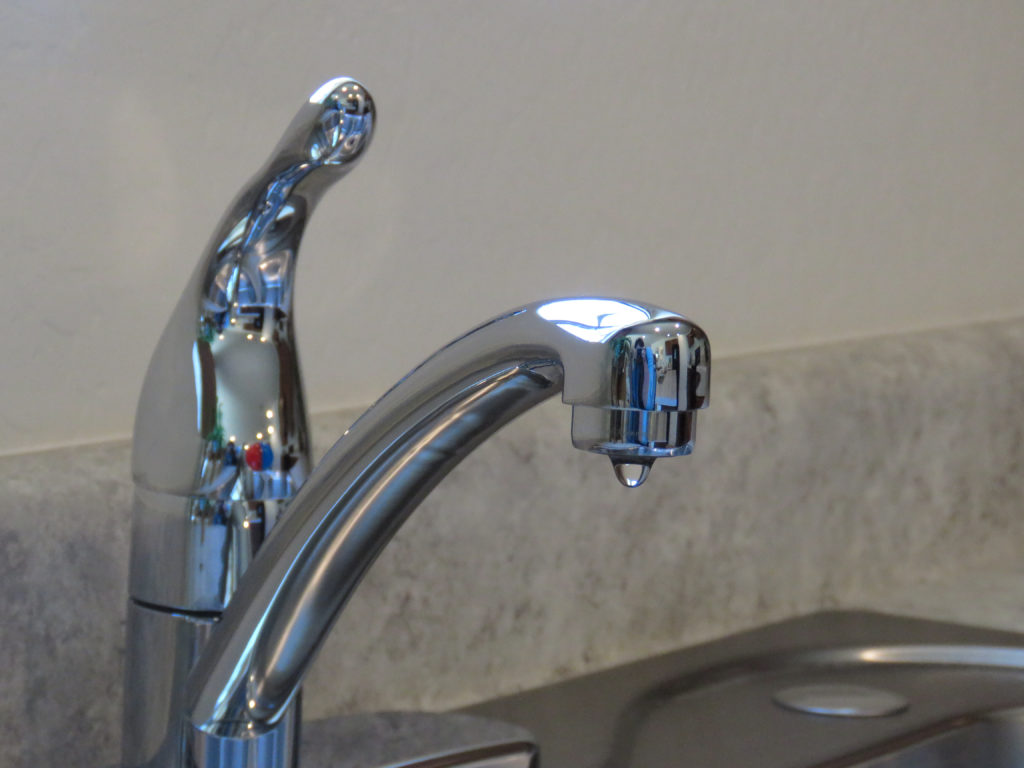Here’s something many homeowners agree on: Water leaks are trouble! Aside from causing a dramatic rise in your water bills, they can cause damage to ceilings, cabinets, drywall, and compromise wooden structures. Surprisingly, plumbing leaks are rampant even in newer houses. While unfortunate to note, not all plumbing leaks are obvious.
That said, leak detection is not as straightforward as many perceive it to be, as some leaks are sneaky and hard to detect. However, detecting plumbing leaks early is vital. Otherwise, you will be dealing with costly damage that might require replacement or repair.
How to Detect Sneaky Plumbing Leaks
While you are not expected to be experts at finding plumbing leaks, you must know a thing (or two) about them so you can nip any problematic plumbing issues in the bud. Use our tips below for some easy (and effective) ways to detect sneaky plumbing leaks:
Monitor Your Water Meter.
It is ideal that you monitor your water meter if you suspect you have a plumbing leak. Often, the water meter is situated inside the meter box that is typically located near the street. It is also likely that you will find the water meter where the supply lines enter your property.
When monitoring the water meter, it is recommended that you keep the following in mind:
- Make sure that all the water faucets in the home are turned off. Also, check and make sure that the washing machine and the dishwasher are not running.
- Check your water meter and take note of the numbers. Check back in an hour or two and check the numbers again. If the numbers have changed, it’s safe to assume you have an undetected leak somewhere.
- To determine if the leak is outdoors or indoors, turn the shut-off valve of your primary water supply to the closed position. Typically, you can find the shut-off valve in the basement or the utility room of older homes. Most new homes have the valve located at the front of the home near a hose bib.
- Check your water meter again and take note of the numbers. Come back after an hour and check again. If the number has changed, the leak is likely within the water line that leads to your house. If there is no change in the numbers, it’s safe to assume the water leak is inside your home or in your landscape or pool
- Note: Another great clue you have a leak is if you see a small triangular dial near the center of the meter. It is used for leak detection and will spin even if there is an extremely low flow through the meter.

Watch Your Water Bill.
Your monthly water bill as read by your utility is typically very reliable. If you have not been using any excess water, like filling up your pool, and your water bill is unusually high, there’s a good possibility that you have a leak.
Sadly, a staggering 1 trillion gallons of water are wasted annually nationwide due to leaks—definitely a massive figure by any standard. Even minor leaks like dripping faucets can waste around 3,000 gallons of water annually. Undeniably, monitoring your water bill is a proactive and wise practice.
Dye-Test Your Toilet.
If there are no visible puddles around fixtures or appliances, check to see if your toilet is the problem. Not many homeowners are aware of it, but toilets are common sources of internal leaks with water sneaking right down the drain. Over time, there is a possibility that your toilet’s flapper will become brittle, causing water to trickle from your tank into the bowl.
To check for problems, put a few drops of food coloring in the tanks of your toilets at home. If you have a toilet leak, your bowl will become colored in a few minutes. Once you have confirmed the leak, it would be a great idea to replace the flapper. This can be done by most homeowners. However, to keep your toilet flushing efficiently, be sure to replace with the proper flapper for your specific model toilet to keep your toilet. If you’re unsure, it is best to hire a competent and seasoned plumber.

Other Leak Clues to Be on The Lookout For
Even if your water meter test result indicates you don’t have a leak, plumbing leaks can still occur when water is running through your pipes. That said, it would be smart to be on the lookout for the following red flags:
- Bubbling paint or bulging wallpaper. These two are classic signs that your wallboard or drywall is wet. If there is a bulge in your drywall, it is often an indication of extensive water damage. In most cases, you might need to have it replaced.
- Wall discoloration. Water stains on the walls and ceiling, often yellowish or brownish in color, points to water leaks that are soaking from behind your drywall.
- Musty smell. If your home has a persistent leak, it can become the perfect environment for mold to grow. Often, molds can grow inside walls where it’s not visible. That said, a musty smell is deemed a red flag.
Final Thoughts
If you have used any of the techniques mentioned above but still can’t locate the leak, it is recommended that you check with a trusted professional. It would be best to not wait until you have a mess in your hands that might cost a substantial amount to repair or replace.
Water – Use It Wisely is proud to feature guest bloggers who write about topics related to water and water conservation. The author of this blog, Anthony Quinn, is an experienced leak detection specialist at Phoenix Leak Detection. When it comes to problems involving water leaks and wastewater/sewer blockages, you can’t afford to wait and wonder what’s causing the problem. You need a leak detection expert who can identify the source of your problem.


